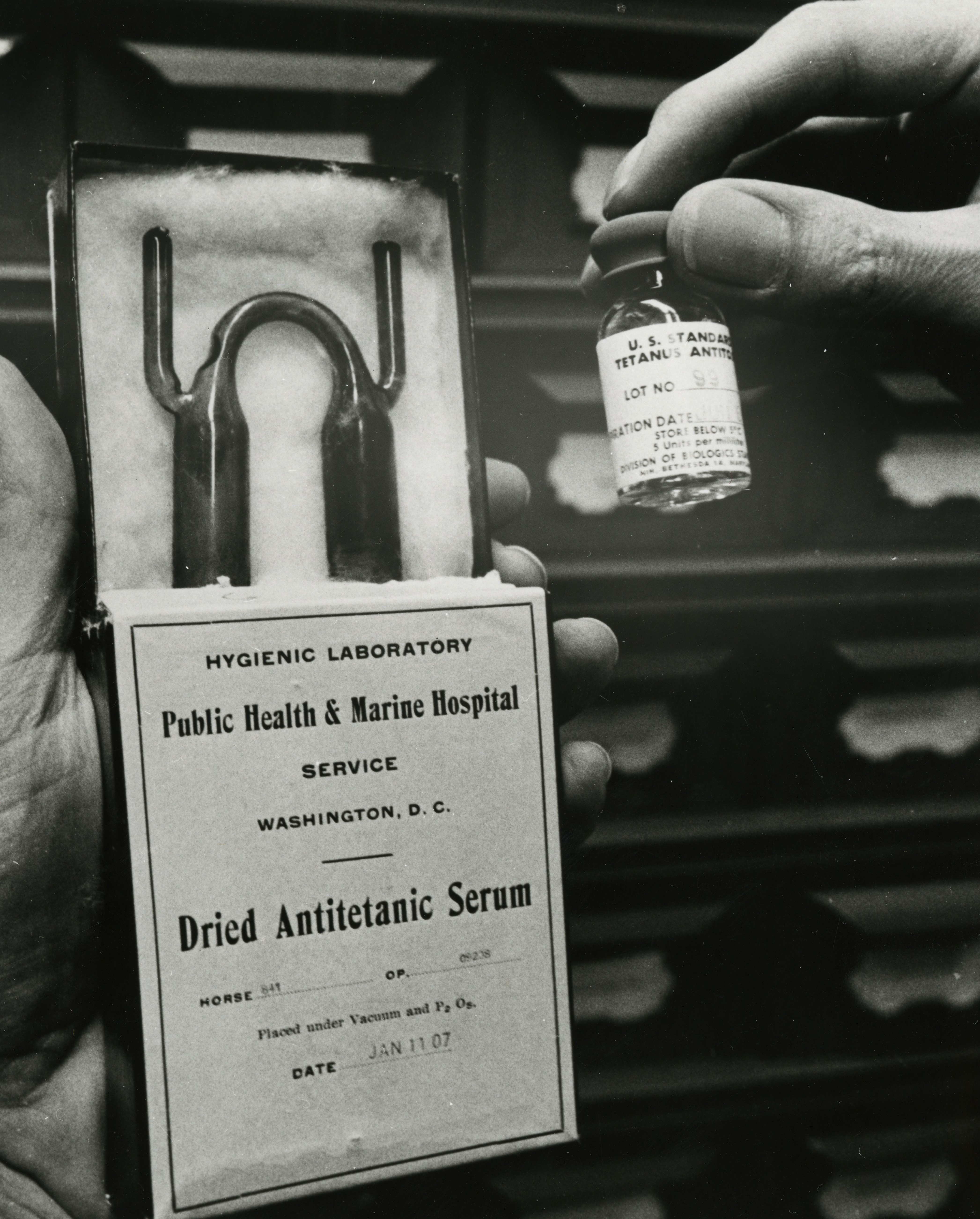Tetanus
| Dive | |||||||||||||||
|---|---|---|---|---|---|---|---|---|---|---|---|---|---|---|---|
| |||||||||||||||
|
...
After the 1940s, reported tetanus incidence rates declined steadily. Since the mid-1970s, about 50 to 100 cases (approximately 0.05 cases per 100,000) have been reported annually in the United States. More recently, from 2009–2018, an average of 29 (range 18–37) cases were reported per year. Of the 297 cases reported during this 10-year timeframe, there were 19 deaths, all in adults aged 55 years or older. In 2018, 23 tetanus cases were reported, with no deaths.
| Dive | |||||||||||||||
|---|---|---|---|---|---|---|---|---|---|---|---|---|---|---|---|
| |||||||||||||||
|
...


